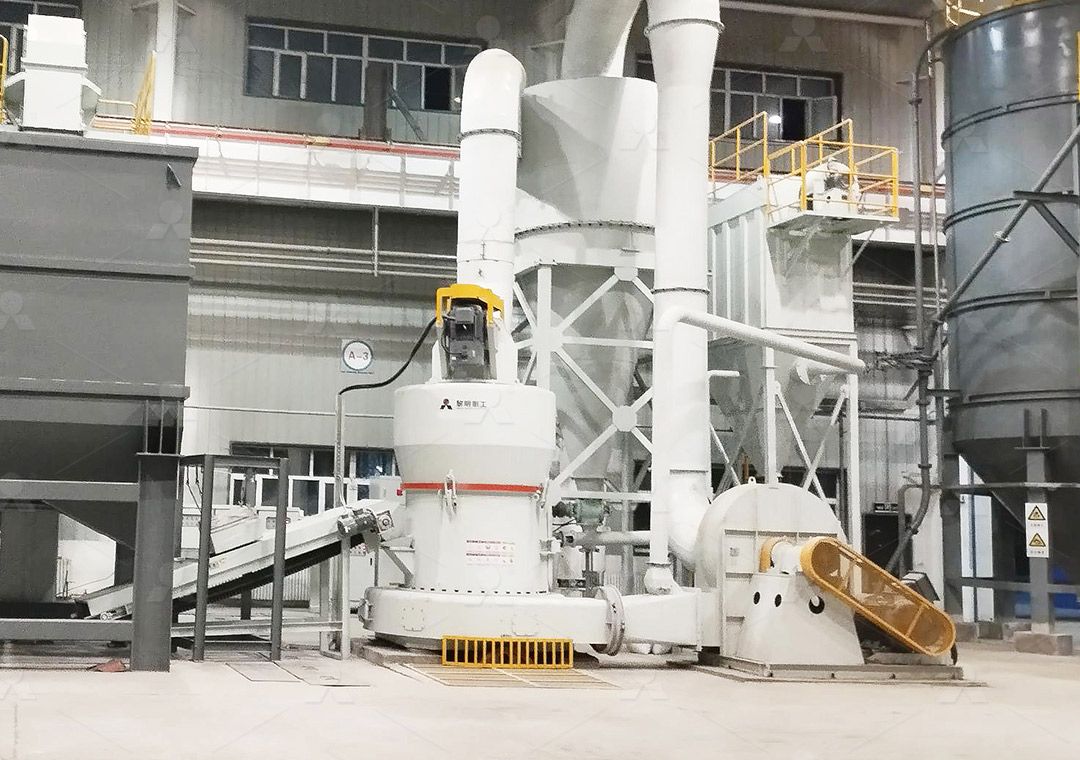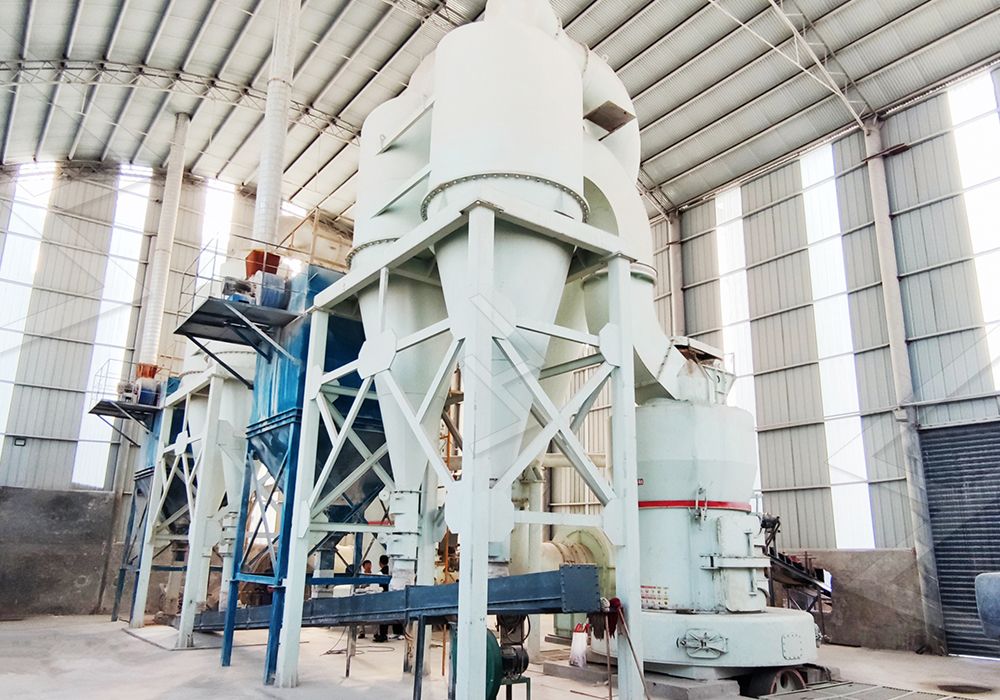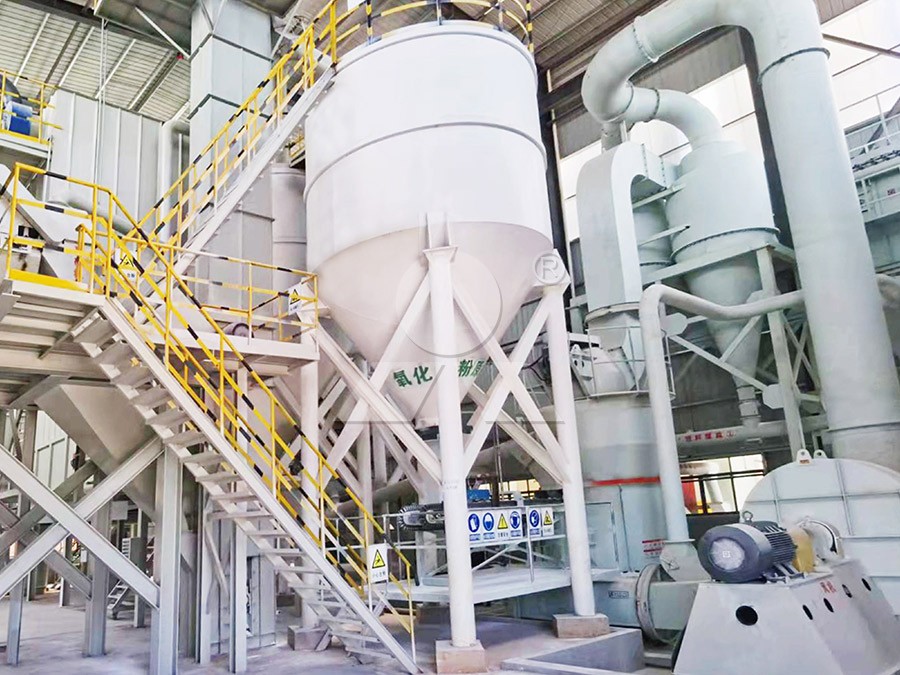MTM100 Trapezium Mill Safety Operation Procedures
MTM100 Trapezium Mill Safety Operation Procedures
Operating industrial grinding equipment requires strict adherence to safety protocols to ensure both personnel protection and equipment longevity. The MTM100 Trapezium Mill, while designed with numerous safety features, demands careful attention to operational procedures. This guide outlines essential safety practices developed through years of field experience and engineering expertise.
Pre-Operation Safety Checks
Before initiating any milling operations, conduct thorough visual inspections of the entire system. Verify that all guards and protective covers are securely in place, particularly around moving components like the grinding rollers and drive mechanisms. Check for any loose bolts, signs of wear on grinding elements, or potential obstructions in the material feed path. Ensure the emergency stop system is functional by testing it before each production run.

Electrical safety deserves particular attention. Inspect all cable connections for damage or wear, verify proper grounding, and ensure control panel doors close securely. The main power disconnect should be easily accessible and clearly marked. Never bypass safety interlocks or override protective systems, as these are critical for preventing accidents during operation.
Personal Protective Equipment Requirements
All personnel working in the milling area must wear appropriate PPE. This includes safety glasses with side shields to protect against flying particles, hearing protection due to operational noise levels, and dust masks or respirators when handling fine powders. Steel-toed boots are mandatory, and close-fitting clothing should be worn to avoid entanglement hazards. Operators should remove jewelry and secure long hair before approaching operating equipment.
Operational Safety Protocols
During mill operation, maintain safe distances from moving parts. The grinding chamber should remain closed while the mill is running, and operators should never attempt to adjust components during operation. When feeding material, use appropriate tools and maintain awareness of the feed mechanism to prevent hand injuries. Monitor amperage readings regularly, as sudden increases may indicate overloading or potential mechanical issues.

For operations requiring finer powder specifications or higher efficiency, consider our MW Ultrafine Grinding Mill, which features advanced safety systems including no rolling bearings in the grinding chamber and external lubrication capabilities that allow maintenance without shutdown. With an input size of 0-20 mm and capacity of 0.5-25 tph, it provides exceptional safety while producing powders between 325-2500 meshes.
Maintenance and Cleaning Safety
Always lock out and tag out the power source before performing any maintenance. Allow the mill to cool completely before inspection or cleaning, as surfaces can retain heat. When replacing wear parts like grinding rollers and rings, use proper lifting equipment and follow recommended procedures. For internal inspections, verify the mill is completely de-energized and cannot be accidentally started.
For operations requiring vertical grinding solutions, our LUM Ultrafine Vertical Grinding Mill offers exceptional safety through its double position-limiting technology and reversible structure that simplifies maintenance. With German powder separating technology and input size of 0-10 mm, it provides stable operation while maintaining high safety standards.
Emergency Procedures
All operators must be trained in emergency shutdown procedures. In case of unusual vibrations, strange noises, or smoke, immediately activate the emergency stop. Keep fire extinguishers rated for electrical and combustible dust fires readily accessible. Establish clear evacuation routes and ensure all personnel know emergency contact protocols.

FAQ
What is the most common safety oversight when operating the MTM100?
Failure to properly secure protective guards before operation remains the most frequent safety issue. These guards are designed to prevent contact with moving parts and must always be in place during operation.
How often should safety interlocks be tested?
All safety interlocks should be verified during daily pre-operation checks. Additionally, conduct comprehensive testing monthly to ensure proper functionality.
What personal protective equipment is essential for operators?
Minimum requirements include safety glasses, hearing protection, dust masks, steel-toed boots, and close-fitting clothing. Additional protection may be needed for specific maintenance tasks.
Can safety systems be bypassed for troubleshooting?
Never bypass safety systems. If troubleshooting requires examining operating components, use appropriate safety procedures and qualified personnel only.
What training is required for MTM100 operators?
Operators must complete comprehensive safety training covering normal operations, emergency procedures, and maintenance safety protocols before operating the equipment independently.
